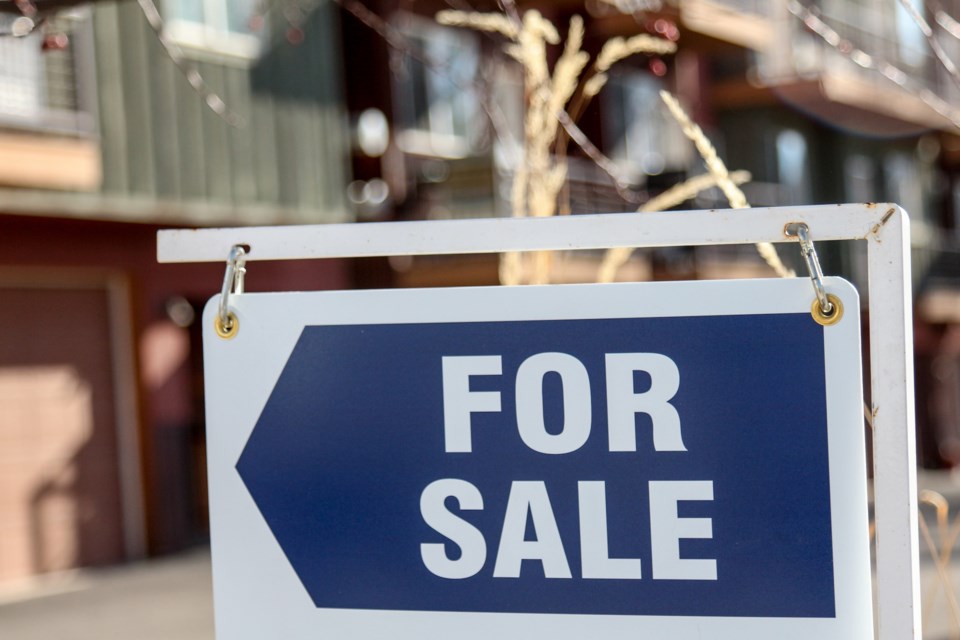NEWS RELEASE
WAHI
*************************
Bidding activity between home buyers has ground to a halt in Niagara, new analysis from digital real estate platform Wahi suggests.
Not a single Niagara neighbourhood was in overbidding territory in the second quarter of the year, down from 3% in the previous quarter, according to Wahi’s Q2 2024 Niagara Market Pulse Report.
“Although Niagara properties are attracting much less attention, home buyers who are shopping around in the Niagara market today have more choice than at any point in the past five years at least,” says Wahi CEO Benjy Katchen.
Some 2,359 homes changed hands throughout Niagara in Q2, making it the slowest second quarter since 2020, when Ontario’s first pandemic lockdown, which took effect on March 17 of that year, limited total sales to 2,350.
Sluggish home sales have contributed to a mountain of listings for home buyers to choose from. Niagara’s active listings totalled 4,165, up 65.9 per cent from last year.
Meanwhile, with listings piling up and bidding competition subdued, the median price of a Niagara home was $662,000 in Q2, edging 1.9 per cent lower from the same time last year. However, the median price remains up a staggering 42.4 since 2020, indicating much of the pandemic run-up in prices remains intact.
Standstill Hits Both Condos and Single-Family Homes
Underbidding in Niagara was widespread regardless of property type.
For condos, no Niagara neighbourhoods were in overbidding territory in Q2, unchanged on a quarter-over-quarter basis.
For single-family homes, including detached and semi-detached homes as well as row homes and townhomes (without maintenance fees), the share of overbidding neighbourhoods was also 0 per cent.
In Q1, a lone Niagara neighbourhood (Grimsby Lakeside) saw single-family-home prices bid up in Q1 — but it slipped into underbidding territory in the second quarter.
While inventory was elevated in both the single-family and condo segments, condos represented just 9.6 per cent of active listings in Q2.
In more urban markets, where multi-family homes make up a larger share of the housing stock, underbidding has been most pronounced for condos.
Niagara-on-the-Lake Dominates as an Underbidding Hot Spot
Three out of Niagara’s five top five most underbid neighbourhoods were found in Niagara-on-the-Lake, up from two in the previous quarter.
The top underbidding neighbourhoods also tended to be in upscale communities and had median list prices above or around $1 million, whereas the typical price point for the least underbid neighbourhoods was around $500,000.
Although home prices are getting bid down across various Ontario markets — overbidding has all but disappeared from Ottawa, for example — some are seeing more competition than others.
Bidding activity intensified in Hamilton during the year’s second quarter, with 18 per cent of the city’s neighbourhoods overbid, compared to 7 per cent in Q1.
How Wahi Ranks Niagara’s Overbidding and Underbidding Neighbourhoods
Each quarter, Wahi compares the differences between median list and sold prices to determine whether Niagara neighbourhoods are in overbidding or underbidding territory. Niagara sales data is sourced from Information Technology Systems Ontario.
The top overbidding and underbidding neighbourhoods are ranked by the median overbid or underbid amount. The median overbid and underbid amounts are calculated by subtracting the list price from the sold price of each individual listing in a given neighbourhood. These are then ranked by the median of all subtractions and presented as the median overbid or underbid amount.
Wahi analyzed 72 neighbourhoods, excluding four with fewer than five sales over the study period.
**************************
